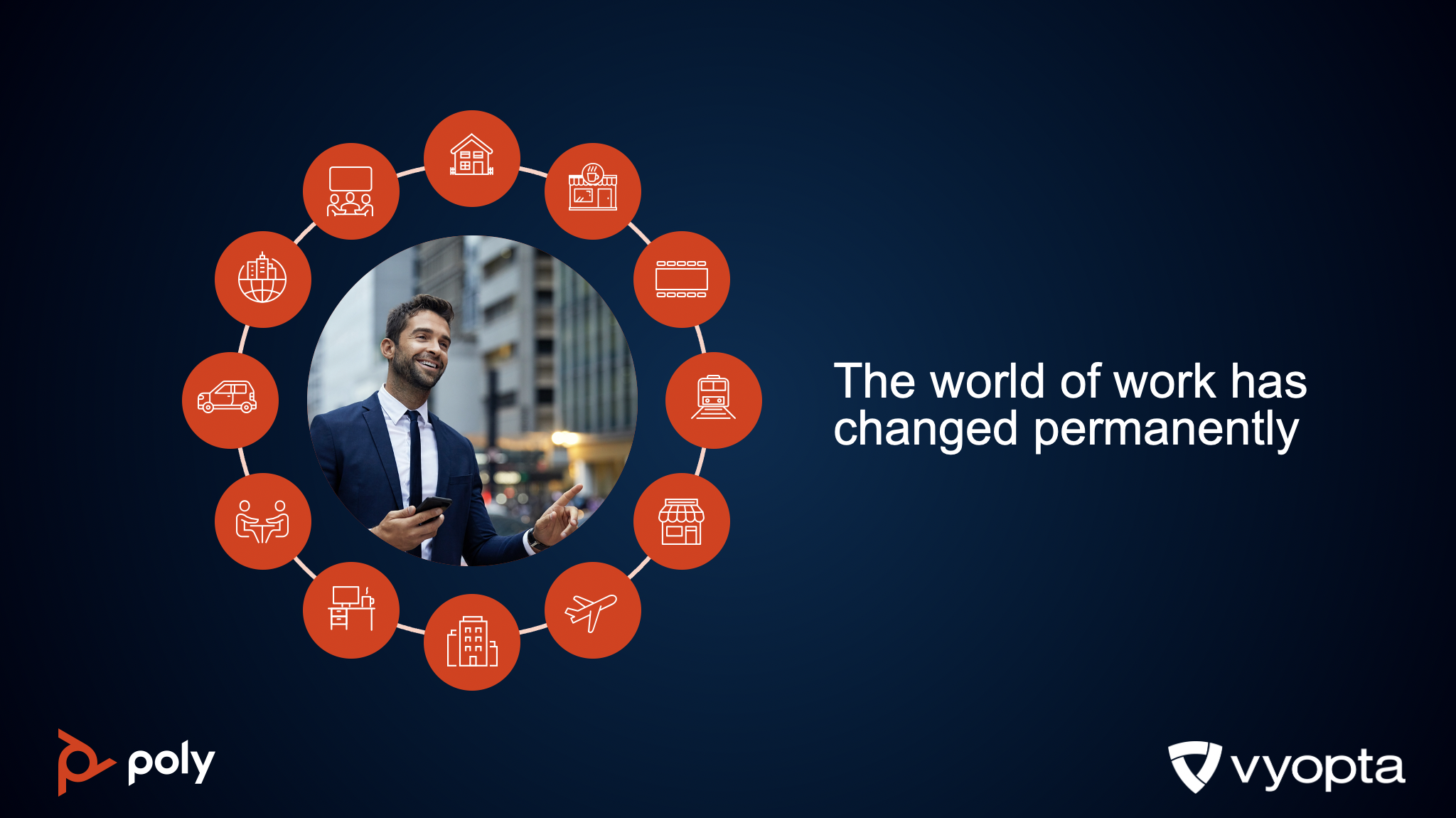
Congratulations! You’ve now successfully integrated video into your UC architecture and are ready to reap the rewards of video collaboration and customer engagement. You’ve tested it out on your teams and it works. Eureka! But, now your teams are starting to connect with endpoints outside of your organization’s firewall and you’ve hit a bit of a bump in the road. This bump, unfortunately, isn’t one you can swerve and miss all of the time, which is why you’ve Googled “traversal and non-traversal call licensing” and found this article.
Didn’t get the memo?
This strain that video administrators often encounter is also one of the reasons why we’re so passionate about this industry. It’s no secret that video collaboration technology is growing at an exponential rate. Everyone wants to be apart of the biggest thing since VoIP and that’s a good thing! We love video – so much that we want to shout it from the rooftops. But, that’s not to say that there aren’t a few issues that we all run into from time to time. Let’s start with the definitions of these licenses:
Traversal Call – This is a call that needs a little extra help to get connected. It has to “travel across,” or traverse, a firewall or a communication protocol (i.e. from SIP to H.323). Most often this is talking about going from inside an organization’s firewall to a customer or partner outside that WAN.
Non-traversal Call – This is the other type of call that can simply connect without the need for a translation stage in the middle. Most endpoints and video interfaces support multiple protocols, and if they don’t have to leave a network, they don’t need to cross a firewall.
Now, it’s not always that simple to determine what is traversal and not, so let’s go through some scenarios.
SCENARIO 1: POINT-TO-POINT CALL
Two endpoints are in a call – one inside the firewall and one outside. (Endpoints using either the same communication protocols SIP/SIP, or different SIP/h.323)
What gets used?
One traversal license on the VCS Control and one traversal license on the VCS Expressway.
SCENARIO 2: POINT-TO-POINT CALL
Two endpoints are in a call – both are located inside the firewall, and both are using the same communication protocol. (Both SIP for example or both h.323)
What gets used?
One non-traversal call license on the VCS Control.
SCENARIO 3: MULTI-POINT CALLS
Multiple endpoints within the firewall are connecting to the MCU within the firewall as well as multiple endpoints outside the firewall.
What gets used?
All endpoints within the firewall will use individual non-traversal licenses and all endpoints outside of the firewall will use individual traversal licenses. (Multiple endpoints using either the same communication protocols SIP/SIP, or different SIP/h.323)
Are you asking the right questions?
Say you only have 10 traversal call licenses. 10 people can dial outside of your firewall, but what happens when call #11 happens? There are a couple of questions you should ask yourself concerning call licenses for your video infrastructure:
- Is your network built to be non-traversal?
- How do you know when you’re paying too much?
- Do you know how many licenses you’re using on a daily basis and your peak?
- Can you measure in real time to plan and buy licenses accordingly?
The best way to combat the traversal/ non-traversal call licensing headaches is knowing what you’re paying for vs. what you actually use. Try a free demo of vAnalytics™ and we’ll show you the tools that enterprises are using to manage and improve ROI on their video networks with the right licensing investments. Leave us a comment if you have anything to add!


.png)
.png)